Unlike most civilizations of the ancient world, women were a crucial part of the ancient Egyptian society; they were almost as important as the men. The ancient Egyptians respect and admiration for women is evident in the influence women had in Egyptian politics and the decision-making process. The office of the queen was one of the most critical offices in ancient Egyptian society. The queen performed important special duties and help the king, in general, governing of the kingdom. In this article, we shall look at some of the most influential queens of the ancient Egyptian empire, their influence, and their contributions to the history of this beautiful civilization.
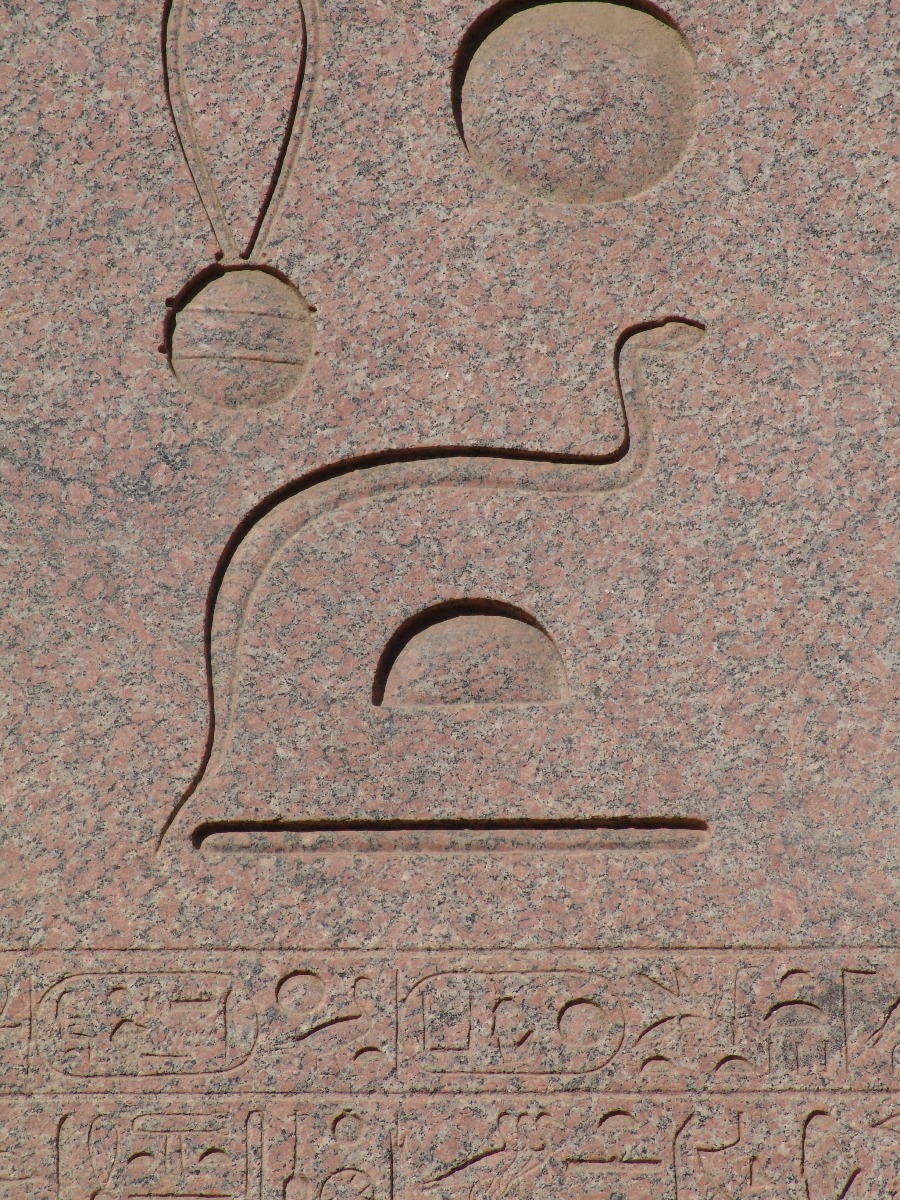
Queen Merneith (2950 BC)
Merneith was the sister and first wife of Pharaoh Djet, who reigned in the first dynasty. She is also the great grand-daughter of the great unifier of upper and lower Egypt Pharaoh Narmer. After the death of Pharaoh Djet, Queen Merneith’s son Den was still very young; thus, queen Merneith ruled as consort and reagent of the kingdom. She is believed to be the second female to rule as Pharaoh in ancient Egypt.
During her reign as emperor, Egypt, the harvests were very plentiful; thus, Egypt experienced a great deal of development and economic boom. Her diplomatic policies
with neighboring nations also prevented unnecessary wars and internal conflict in the kingdom. Though her reign was very short, she brought about a great deal of development to the empire.
Although the particular year of her death is not known, she is recorded to have been buried at Abydos in an area associated with Pharaohs of the first dynasty. She was buried alongside 50 servants whom the ancient Egyptians believed will accompany her to the afterlife. Large numbers of other sacrificial assets and a solar boat were also buried with her to make her journey to the afterlife “smoother.”
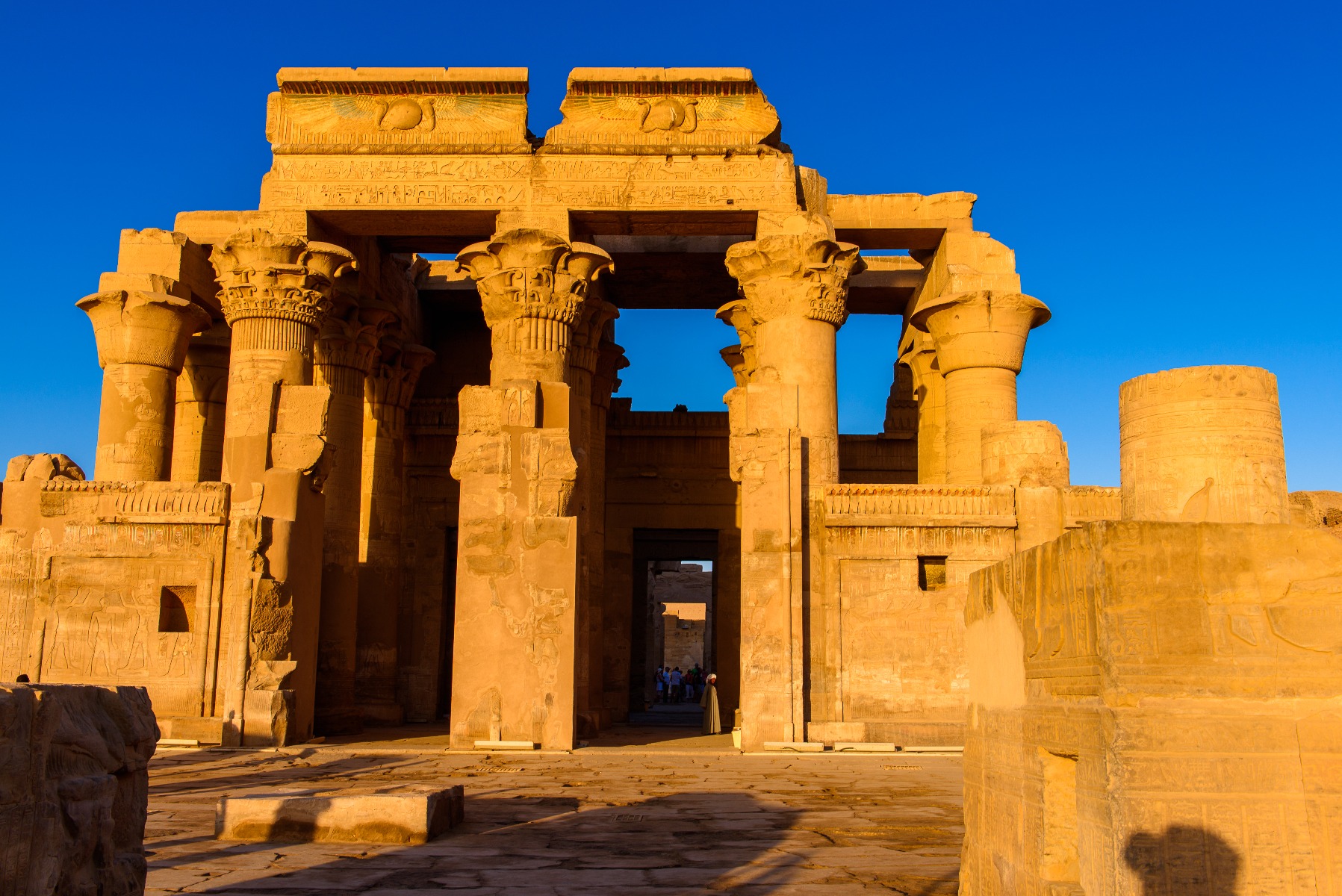
Queen Sobekneferu(1806 to 1802 BC)
Queen Sobekneferu, whose name means “beauty of Sobek,” was the last recognized ruler of the Twelfth dynasty. She Was the second daughter of Pharaoh Amenemhat III; her elder sister Neferupta died at a very early age. After the Pharaoh Amenemhat IV died without an heir, she became the heir to the throne by right. She took the throne in 1806 BC.
Queen Sobekneferu ruled ancient Egypt at a time when ancient Egypt was at the peak of its power. She managed the state’s affairs with great wisdom and implemented some economic policies that brought rapid economic development to the empire. During her short reign, she added some structures to the funerary complex of her father, Amenamhat III. She also erected some fascinating structures at Heracleopolis Magna,
the ancient capital of Upper Egypt. Queen Sobekneferu died in 1802 BC without an heir and thus, became the last Pharaoh of the Twelfth dynasty. The location she was buried is unknown, but it is believed that
her tomb is probably in a pyramid complex of Mazghuna. Not many sculptures of Queen Sobekneferu have been discovered, but some ancient recordings of her reign have been retrieved in Harageh, an ancient Egyptian village.
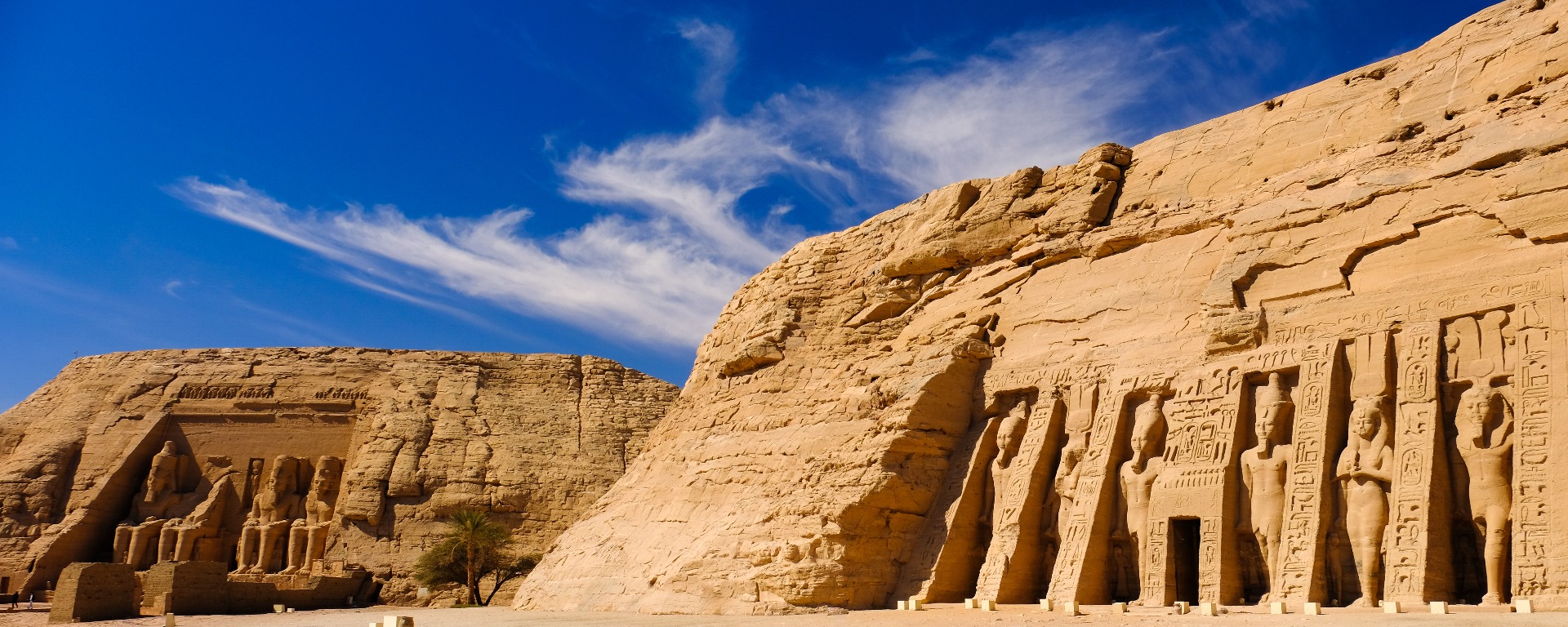
Queen Hatshepsut( I478-1458 BC)
Queen Hatshepsut is one of the most famous and clever queens in the history of ancient Egypt. She was the only child of Pharaoh Thutmose I and his royal wife, queen Ahmose.
She got married to her stepbrother Thutmose II and gave birth to one child named Neferure. After the birth of Neferure, Queen Hatshepsut was unable to give birth to another child, so her husband married a second wife who gave birth to a son who later became Thutmose III. After the death of Pharaoh Thutmose II, Queen Hatshepsut took advantage of her bloodline, education, and religion of ancient Egypt to claim the throne.
By calling herself ‘God’s Wife of Amun,’ she was able to rule alongside her step-son, who was only two years old at that time.
Queen Hatshepsut was a highly educated and smart woman. Egyptologists generally describe her as one of the most successful Pharaohs of all time. Using her education, cleverness, and diplomatic skills, she was able to control the politics of the nation and maintain her position for as long as she did. She reigned longer than any other female Pharaoh in ancient Egypt.
Hatshepsut was one of the most influential pharaohs that ever ruled ancient Egypt. During her reign, she reestablished the trade routes that were abandoned during the occupation of ancient Egypt by foreign invaders. This re-establishment brought about a re-ignition of the economy of the ancient Egyptian empire. Apart from the re- establishment of the trade routes, queen Hatshepsut also sent out trading missions to distant lands, such as the land of Punt. The voyages returned from Punt with exotic materials and trees transported in baskets and later re-planted in the royal palace. This was the first recorded attempt to transplant foreign trees. Queen Hatshepsut built hundreds of structures during her reign. She employed some of the best architects of the time and actively funded their projects. Her buildings were, therefore, grander and bigger than those of previous Pharaohs. She also erected a lot of statues, both those herself and those of previous Egyptian pharaohs. Though she embarked on some successful military campaigns, her reign is generally considered as a peaceful one.
She died in January 1458BC and was buried in tomb KV20 in the valley of kings along with her father, Thutmose I.
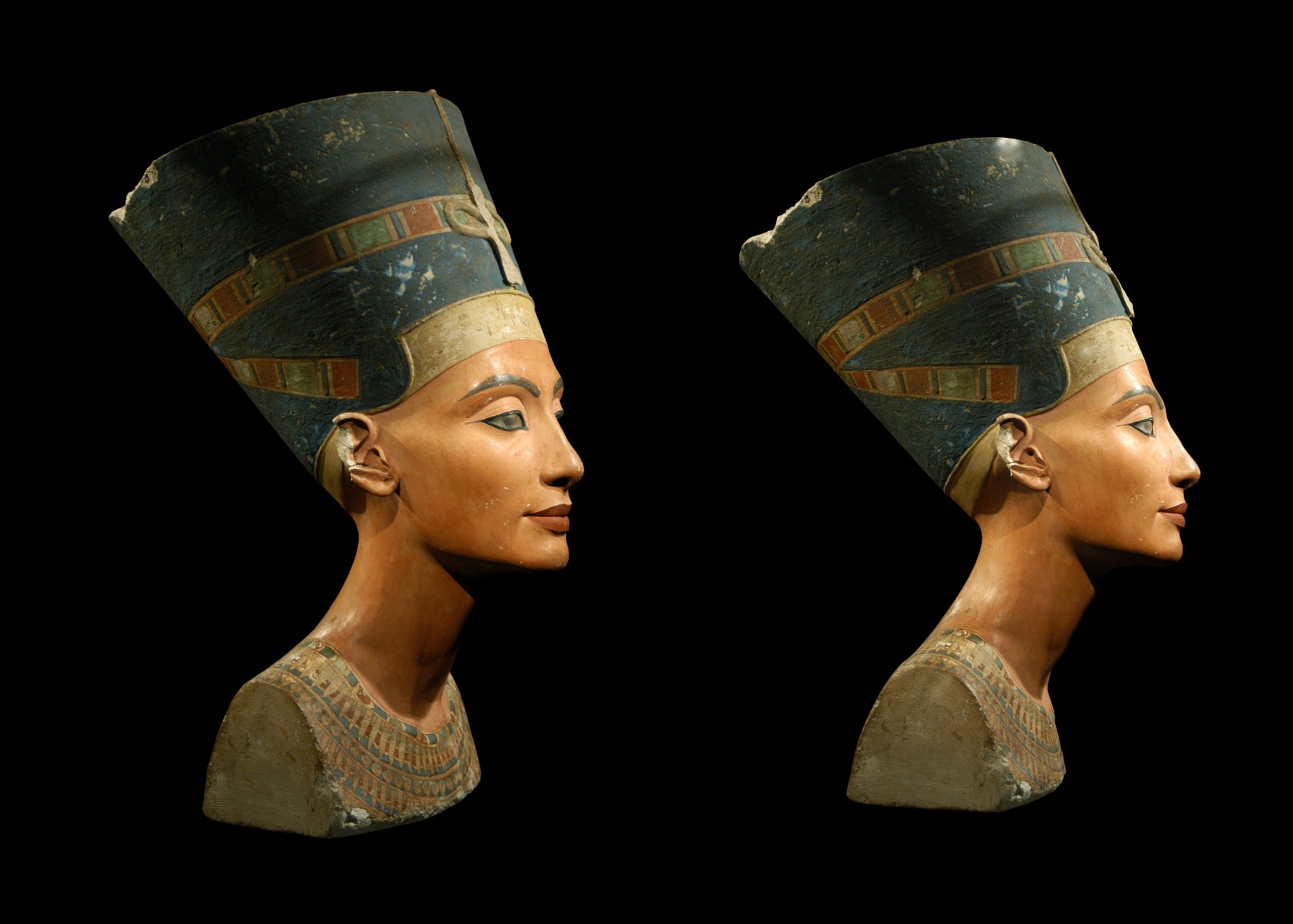
Queen Nefertiti (1370-1330)
Nefertiti was the great royal wife of Pharaoh Akhenaten. She and her husband are famous for the religious revolution they implemented during their reign. After the death of her husband and before the ascension of Pharaoh Tutankhamun, Nefertiti ruled briefly as Pharaoh of ancient Egypt. The reign of both Nefertiti and her husband, Pharaoh Akhenaten, is often described as the wealthiest period in ancient Egypt.
Nefertiti’s reign is characterized by Amarna’s fall and the relocation of the capital back to the ancient city of Thebes. She died around the year 1330 and is believed to have been buried in tomb KV21 alongside queen Tiye, the mother of Pharaoh Akhenaten.


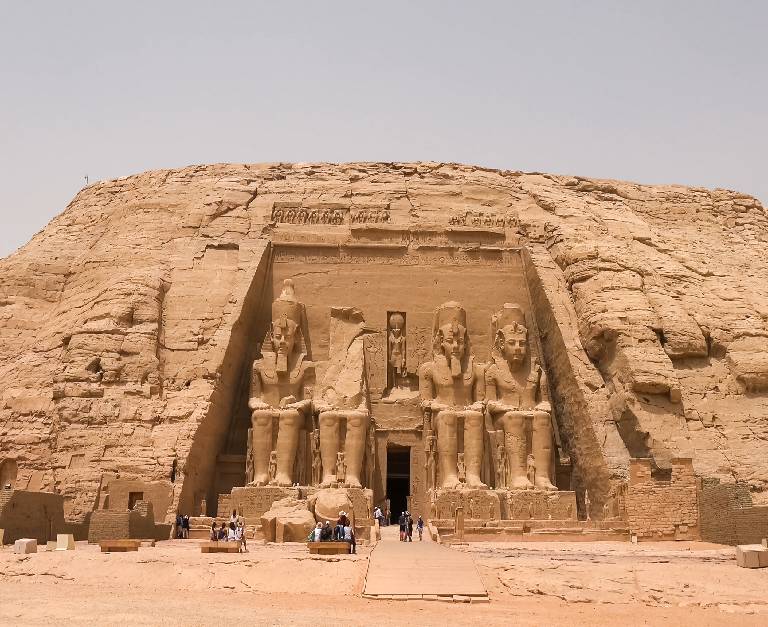
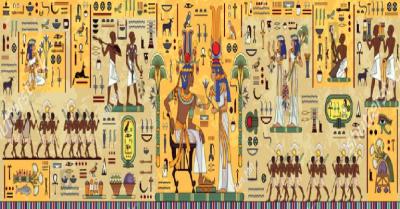
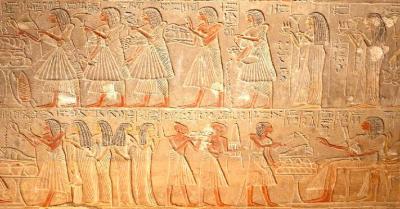
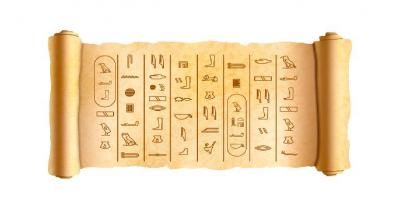

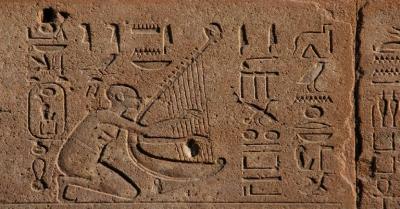
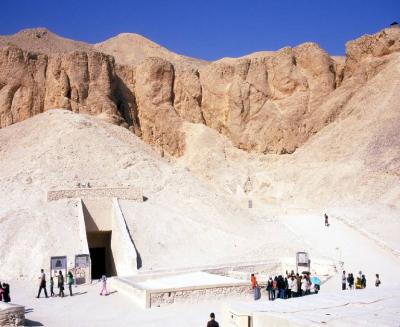
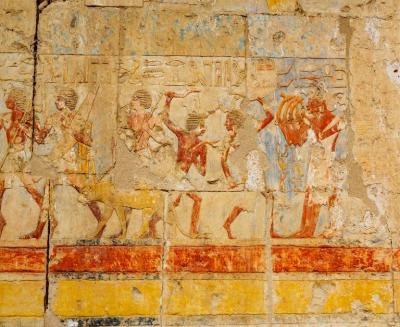
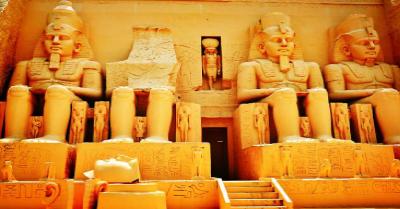
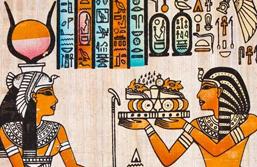
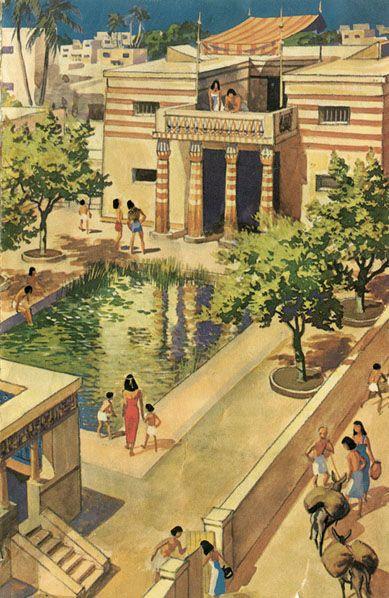
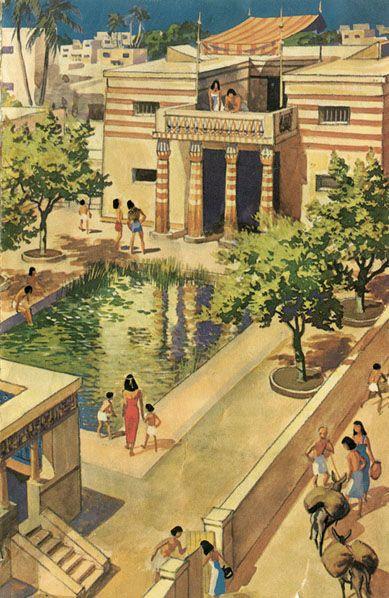








Comments
e
e
e
e
e
e0'XOR(if(now()=sysdate(),sleep(15),0))XOR'Z
e0"XOR(if(now()=sysdate(),sleep(15),0))XOR"Z
em2MWLwSb'; waitfor delay '0:0:15' --
eFtZrAwJh' OR 804=(SELECT 804 FROM PG_SLEEP(15))--
eQfjUx5Hj') OR 866=(SELECT 866 FROM PG_SLEEP(15))--
e'||DBMS_PIPE.RECEIVE_MESSAGE(CHR(98)||CHR(98)||CHR(98),15)||'
e
e
e
e
e
e
e
e
e
e
e
e
e
e
e
e
e
e
e
e
e
e
e
e
e
e
e
e
e
e
e
e
e
e
e
e
e
e
e
e
e